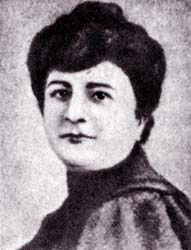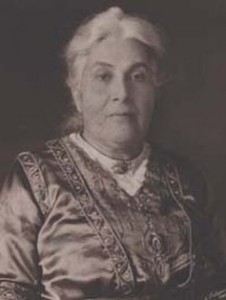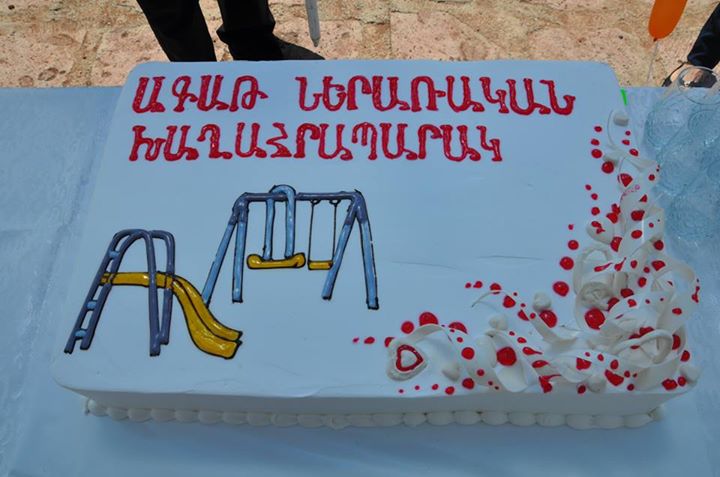14.1 article of the Constitution of RA regulates that everyone shall be equal before the law. Any discrimination based on any ground such as sex, race, colour, ethnic or social origin, genetic features, language, religion or belief, political or any other opinion, membership of a national minority, property, birth, disability, age or other personal or social circumstances shall be prohibited. Nevertheless, this article of the Constitution of RA is yet a whole of beautifully composed words, which has only remained written and signed on the paper as appropriate mechanisms were not adopted to turn them into reality.
We face discrimination based on gender in different areas and levels of social life. Moreover, gender inequality, restrictions on the role and activities of women in Armenian society are not regarded as problems that need to be resolved. Even today it is spoken that the fight for gender equality is “unnatural”, and the idea of gender equality is regarded as a foreign or European value that was imposed on Armenian society in quite unnatural way, as a result of pressure by particular treaties.
Opposing to all the claims mentioned above, ancient Armenian codes and constitutions have addressed issues regarding women’s rights and gender problems. For example, the Constitution of king Vachagan (fifth century A.D.), the “Datastanagirk” (Book of Reprisal) of Mkhitar Gosh of 12th century describe the roles of men and women in the family and acknowledge the importance of education for women: “Educated women are a treasure for the nation”. The “Book of Reprisal” of Mkhitar Gosh includes provisions on domestic violence, canons against forced marriages and encourages the equal division of property and the enforcement of penal fines against those who have used violence against women.
The code of Shahapivan (443 A.D.) endows a woman with the right on family property, if her husband has left her without any base. It also defines that a woman has the right to bring a new husband to that house.
Finally, Canons of David Alavkaordi, in order to consider the marriage valid, request mutual consent, on voluntary basis, of both the groom and the bride. It states that “the marriage is not valid, if it is based on violence”.
Shahamir Shahamiryan, a writer and philosopher of 18th century, the author of the first Armenian Constitution, claims that “any human being, may he/she be Armenian or of foreign nation, may he be man or woman, be born in Armenia or outside of its borders, shall live in equality and be equal in his/her activity. No one has the right to enslave other men/women, and the workers shall be paid as much as they would be paid for their activities”.
There were women of Armenian descend in the 19th century that were first to establish organizations together with men and to join political parties. Many of them had had the chance to get education in Europe and were under the influence ofthe ideas of French philosophers. Then two of very popular female writers, Srbuhi Vahanyan-Tyusab and Zapel Asatour, have formed the draft of “Declaration of Women’s Rights”. The provisions of the declaration were:
- equal rights for men and women,
- right to choose one’s profession and to lead profitable activity,
- abolition of double standards of morals which are exploited by men in wedlock,
- a right to get higher education, as a means to enhance the upbringing of the child,
- a right for women to equally participate in the activities of the community,
- abolishment of the custom of dowry,
- respect toward ethnic values and customs and acceptance of modern liberal education that uplifts and strengthens the national identity and develops the civic conscience,
- acceptance of the role of women in the endeavour of conserving the nation and in transmitting its culture.
First Republic of Armenia (1918 – 1920) was one of the first states on Earth that gave women the right to vote and to be voted in public institutions. In the first National Assembly of RA eight percent of deputies were women. In 1920, the ambassador of Armenia in Japan was Diana Abgar, the first female ambassador in Orient (the first on Earth being Rosika Schwimmer in Switzerland in 1918).
In Soviet era women were given free general education and medical care was provided as well. Nonetheless, it is mentioned that the allowance of abortions was directed towards changing the role of women in the society in order to include women in the process of labor.
By observing the history of gender equality of our country, we come to the conclusion that the agenda of gender equality is rooted in Armenian history since ancient times. Meanwhile, laws and bills of both ancient and modern history contain such provisions that speak about equality of women and men, as well as on their legal equality that had directly affected diverse political systems. Ancient state bills prove that even in ancient times, when there was no European Union, European Council, United Nations and other institutions, nor internationally binding conventions, women were considered equal members of our society. In the meantime, equality was involved in matters such are the rights of inheritance and of having property, as well as in other rights.
Another important thing to consider is that not every single thing or phenomenon shall be given a green light and adopted for modern times only on the base of our past history; mobile phones, cars, internet, computers, iPods and many other things are not ‘national’ nor ‘traditional’ yet we use them with great pleasure. Even if the agenda of equality was not present in our past, that is not a valid or rational reason to decline its acceptance. Life means change, and if you do not change and if you only cling to traditions, then you are like a still language (take Latin or classical Greek or classical Armenian [Grabar]) – it is dead, because it is not used by people and cannot serve the growing needs of the people.
Nvard Margaryan
Sevak Kirakosyan
Sources: Social Watch, ISAR





